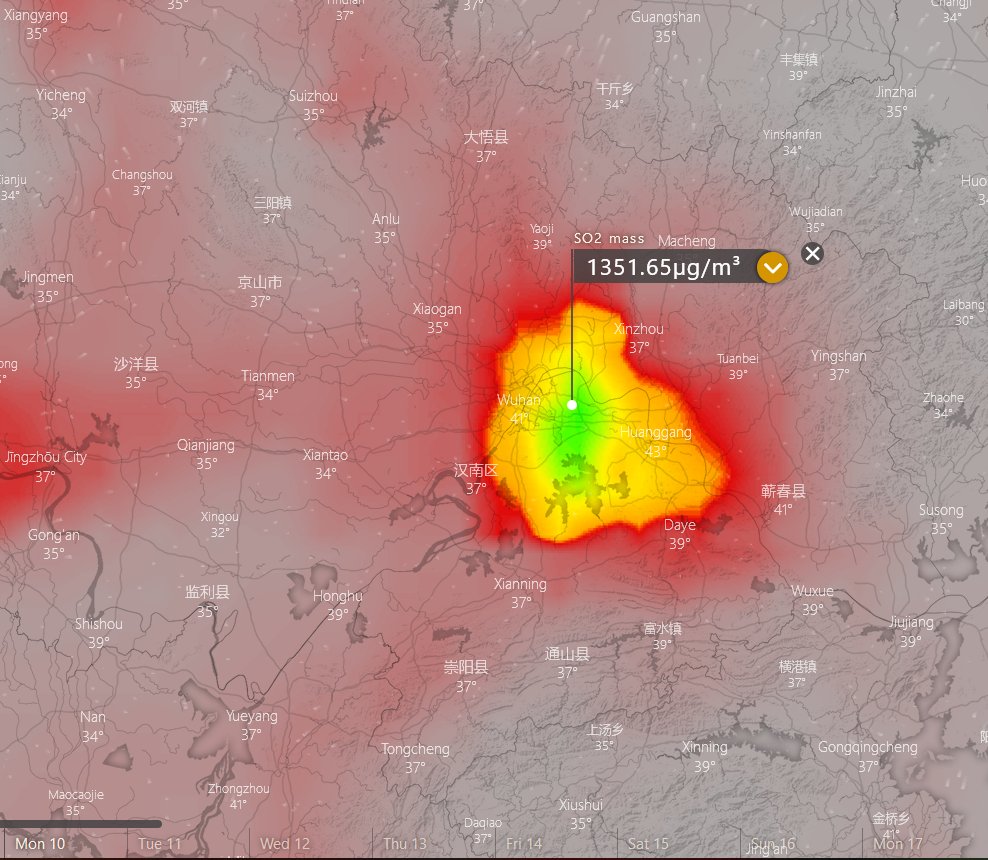
A drive towards open source data is one of the most compelling business stories of recent years – with enterprises drawing on everything from sentiment in Reddit posts to competitor’s prices, using a range of content-scraping, web-crawling and defence-dodging digital tools.
(Computer Business Review’s editor recently attended an event at which vendors, lawyers, and end-users batted about the risks, limitations, and rewards of such data, which is not always obtained ethically: industry interest in alternative data, it was clear, is heightened…)
Two other aspects to this story have been the deployment of widely available open source digital tools to misinform and distort – see the rise in deepfakes – and the flip-side of this evolution: the use of open source data and open source intelligence (“OSINT”) to inform, educate, and investigate.
(Social media amplification has, meanwhile, made it clear that the old dictum “a lie gets halfway around the world before the truth has a chance to get its pants on” is no longer enough: a lie bow circumvents the world several times before the truth has even realised it needs its pants.)
Windy.com and a Load of Hot Air
A viral story on Twitter in recent days is an exemplary case in point: tapping data from Windy.com – a company that displays animated wind particles, weather radar, emissions data and more – user @inteldotwave claimed that data from China showed it to be burning bodies en masse.
The conspiracy theory rapidly went viral: it holds that elevated sulfur dioxide levels in Wuhan, the centre of the Coronavirus outbreak, revealed a dark truth: victims of the virus were being incinerated, the story went; users piled in with their own “analysis” of the purported incinerations.
As Computer Business Review published, the Tweet had seen over 11,000 retweets and over 14,000 likes, putting its reach in the millions.
The truth appears far more prosaic: Wuhan is home to the huge steel mills of the world’s second largest producer, the China Baowu Steel Group, which merged with Wuhan Iron and Steel Corporation in 2016.
Despite the coronavirus outbreak having hit steel production, these have been kept idling and are gearing up to restart, on the back of major Chinese stimulus.
(As the US’s EPA notes: “The largest sources of SO2 emissions are from fossil fuel combustion at power plants and other industrial facilities… [including] industrial processes such as extracting metal from ore; natural sources such as volcanoes; and locomotives, ships and other vehicles and heavy equipment that burn fuel with a high sulfur content. )
2nd largest steel producer in the world. Wuhan alone accounts for 85KT of SO2 output a year, which is (on average) 162kg a minute. Every single minute.https://t.co/MbKm4ZI4gO
— Sam (@Samir_Madani) February 10, 2020
As one analyst Samir Madani noted: “The plant needs to be fed around the clock or the iron inside the kilns will solidify. They have large heaps of coal to do that. What I can see however, is that it has intensified towards the end of the Lantern Festival period; indicating that production might be nigh.
“Conspiracy theorists need to do their homework first and understand what they’re looking at in order to gain a broader context.”
(Note: Computer Business Review is not typically in the business of rebutting wild theories and we have not made a sustained effort here, merely pointed out a perfectly plausible alternative. Others have taken a more rigorous approach…)
Check out Norilsk in Russia, then stop pushing this agenda … its just idiotic. pic.twitter.com/T3ZDndz57C
— Jan Eskil Flåm (@FlamJan) February 10, 2020
(China’s finished steel consumption in February could be up to 43 million mt lower than a year ago, however, due to the coronavirus outbreak closing down construction and manufacturing activity, according to S&P Global Platts analysis: a fall in pig iron consumption of up to 38 million mt.)
Coronavirus Conspiracies – and Some Hard Tech Truths
For all such thinly fabricated conspiracy theories, variations on which are rife, the coronavirus outbreak has hit business hard and the tech industry is among those badly affected, as supply chain disruption begins to bite.
Taiwan’s Digitimes cites sources at companies like Asus, Foxconn and Gigabyte to suggest that first quarter shipments of motherboards and graphics cards have dropped sharply. Hon Hai Precision Industry Co, the biggest assembler of Apple Inc’s iPhones, meanwhile on Friday told its employees in Shenzhen, China, not to return to work today as planned and await further instructions, Bloomberg reported, citing a text message it saw.
Other tech firms are trialling the use of protective masks and medical clothing at their plants, although more often simply getting staff back in place appears to be the bigger issue for suppliers. Delayed reopening of Chinese businesses after the lunar New Year holiday may yet lead to significant further logistics disruptions, analysts warn — with tech suppliers in a dozen cities under lockdown while mandatory quarantine rules are implemented.
Evercore ISI analyst Amit Daryanani recently noted, as Barrons highlights, that 381 of 775 manufacturing and supply locations in Apple’s global supply chain are in China. With heavy travel restrictions in place and many countries quarantining visitors from China, companies like Foxconn, Apple’s primary manufacturer, are cutting revenue growth guidance sharply.
Semiconductor Manufacturing International Corp., meanwhile, a major Chinese chip foundry, is “working hard to maintain the uninterrupted state of manufacturing operations” according to a disclosure to the Hong Kong Exchange on Friday. As reported today by Nikkei Asian Review, its Chairman Zhou Zixue, acknowledged: “The current prevention and control of the novel coronavirus is serious and the task is arduous.”
See also: “Auntie, Go Inside!” China Turns to Drones to Enforce Coronavirus Quarantine”






